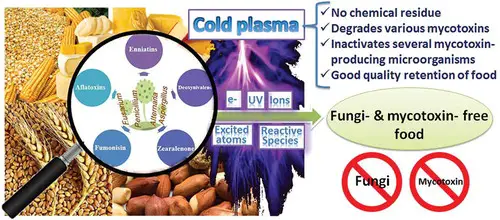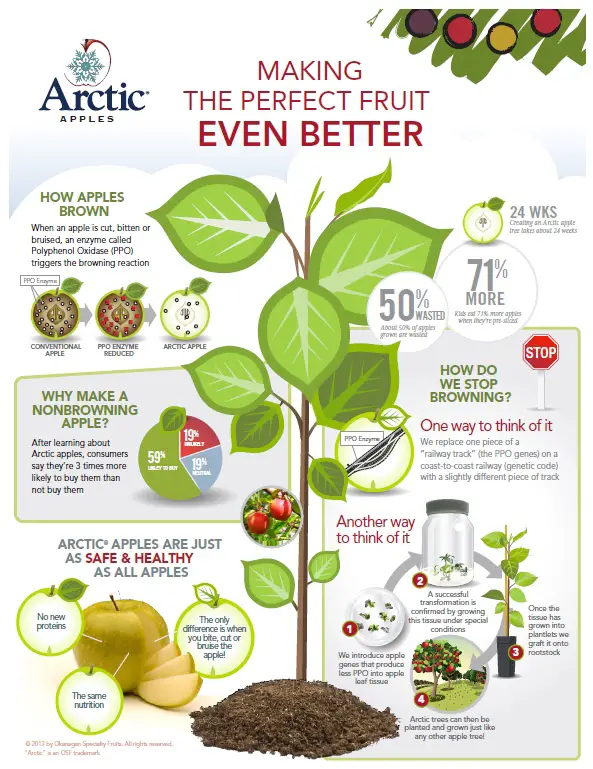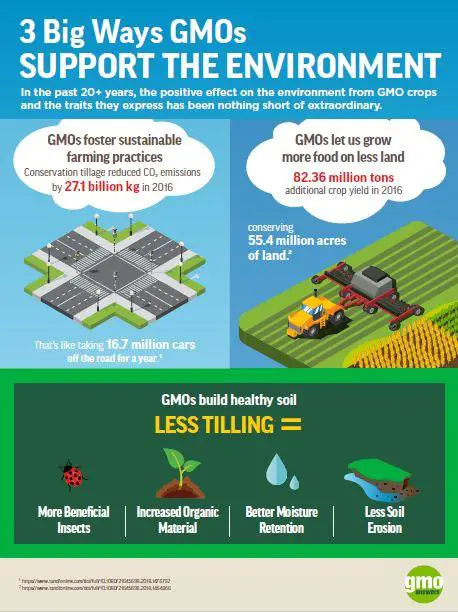What people want drives change. Throughout history we have seen this and even most recently, or should I say currently, the overwhelming wants of many in society have seen protests and rallies the world over for Black Lives Matter, despite the very real dangers from the surging COVID-19 pandemic. In just a matter of weeks, this has become a real global movement with rapid change occurring that one would not have thought possible a couple of months ago. Thus, it is people and society that are drivers of change. If a voice is loud enough, and/or persistent enough, it will be heard. I didn’t intend this blog post to be an information piece on sociology, but wanted to highlight how powerful voices can be as drivers of reform, policy change and indeed even ideological foundations. Therefore, we can see that people are able to lead change and drive change in so many areas.
Food is a big one in this regard. Food is a major part of culture and identity, plus it is an integral part of daily life. As a result of these reasons, many people tend to have quite strong views or opinions with regard to food. It is these views or opinions, if held by enough people, can become food trends, drivers of change to the food supply. So many people are under the misconception that food manufacturers are using processing technologies or ingredients purely for their own benefit and without regard for consumers. This is not true, and here’s why. Food manufacturers are dependent on sales of their products for survival of their business. If they do not take into consideration what consumers want or don’t want, they are then directly harming their business. Think about it – consumers have a preference, for example, against artificial chemical preservatives in food, but if a food manufacturer loads a food with ten such preservatives to give that food a super/ultra long shelf-life to enable wide distribution to reach distant markets, what will actually happen? Consumers will avoid that product, sales will drop and that food manufacturer will financially suffer. It’s pretty clear-cut. Therefore, it is in the food manufacturer’s best interests to give consumers what they want – such as minimal processing or preservative-free foods, for example. To be clear about this – it is consumers which drive food trends, with food manufacturers merely responding to these food trends that consumers are creating with their preferences.
Ok, so what is actually trending in my expertise area of food preservation? Consumers are after natural, ‘clean and green’ (Figure 1) and desire quality food. Food quality is more than non-spoiled food these days.
Quality of food tends to also refer to high in (original) taste along with minimal nutritional deterioration. These reflect the ‘natural’ aspect of food. Marry consumers’ interests with the long shelf-life desired by food manufacturers, and you have what might seem an impossible situation … combining a long shelf-life without the traditional approach to food preservation using chemical preservatives. So how can we do this? Well, it’s my intention here to just raise the names of the plethora of alternative processing technologies either in use or under various stages of development – such as:
- High pressure processing
- Pulsed electric field
- Ionising radiation
- Ohmic heating
- Radio frequency
- Microwaves
- Ultrasound
- Ultraviolet light
- Infrared heating
- Ozone (Figure 2)
- Supercritical carbon dioxide
- Power ultrasounds
- Cold plasma (Figure 3)
- Electrolysed water
- High voltage arc discharge
- Pulsed light
In many, or should I say most, foods to be processed, heat is still the best option. It could be due to effectiveness in ensuring a safe product or a prolonged shelf-life, financial considerations or consumer perception of the new technology. One aspect is certain though, there is a desire to move away from thermal processing. While it has many benefits with regard to its effective elimination or reduction of microorganisms, there are a whole range of detrimental effects of heat on product quality, which consumers are increasing not willing to tolerate. The tough aspect can be to find an alternative that is I) financially viable for the manufacturer, II) addresses safety requirements set by government authorities, III) enable an appropriately long shelf-life, IV) improves or at least maintains quality (sensory and nutritional) quality of the product and V) is accepted by consumers. Unfortunately, sometimes the (very) loud voices of a (very) small minority of radical opponents to a new technology drown out the scientists attempting to speak the truth about a new technology. This can lead to very delayed introduction sometimes of an effective and safe technology. Such a scenario should not be allowed to stay in the way of the progress of humanity, which unfortunately it has many a time. Just look at ionising radiation in food preservation, also known as food irradiation or GM foods. Both are demonstrated to be extremely safe, yet there is strong public opposition (Figure 4) despite benefits for food preservation and wastage (Figure 5) and for the environment (Figure 6). Opposition based on what? …when the science says it is safe, yet these radical minorities cling to a myth of hope that might come true one day, and devalue the work of the world’s great scientists in essentially endorsing the safety of these technologies. Come on everyone, keep a level head and please listen to the scientists, for all our sakes!







